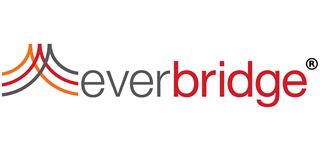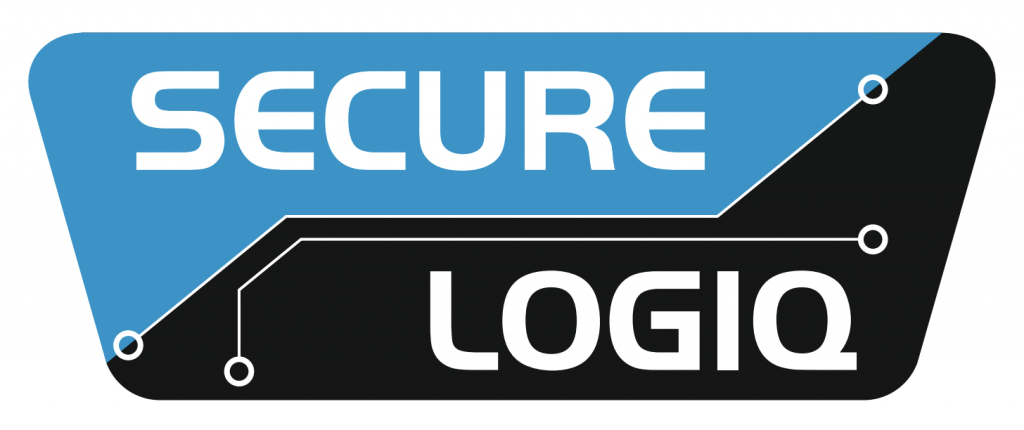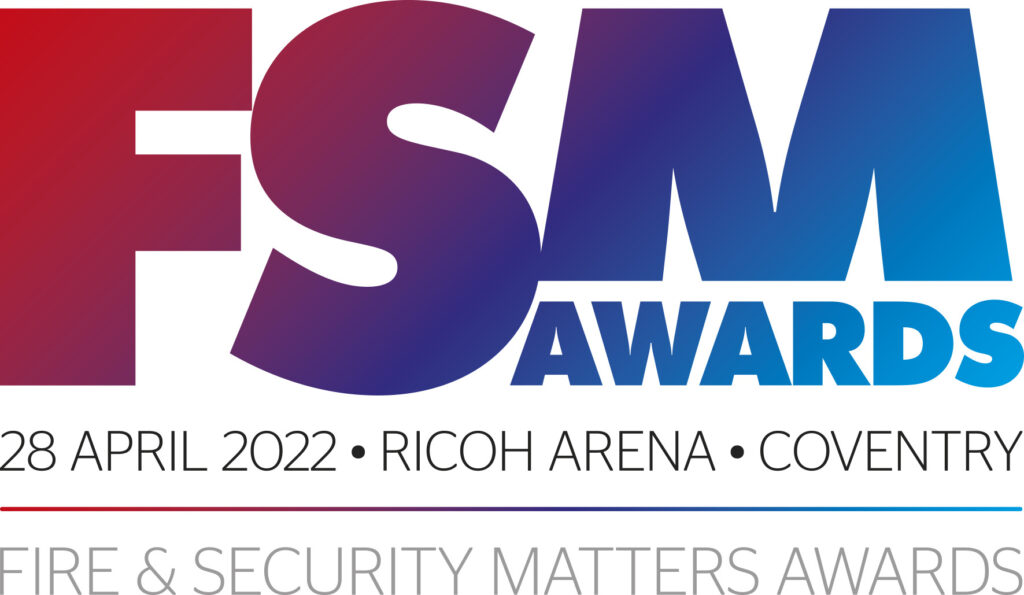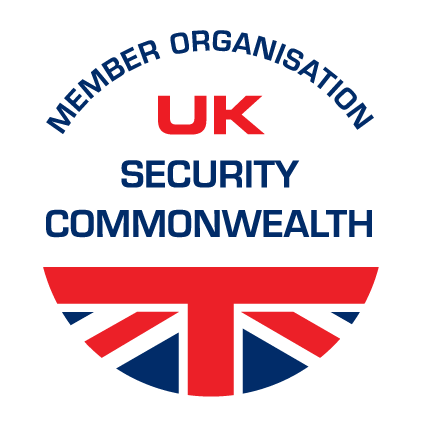At ASIS UK, we often get approached to write articles. This is a great opportunity and (let’s be honest) an ego-boost to be considered as having something to say worth hearing.
To ensure people do not feel put off or lack confidence and decline these opportunities, we reached out to Andrea Berkoff, to give us some ideas on article writing and what magazines are looking for. Here are my key points from her presentation:
Prep Work
Understand why you are writing the article and its audience This helps you frame the article by understanding your intent (to teach, to inspire, to highlight an issue) and it also makes you ask how knowledgeable your audience may (or may not be) in your chosen topic, which effects how you need to communicate.
You will generally write your best articles if you write on subjects you feel confident and passionate about.
Practicalities
- Check the deadline – and stick to it. The earlier you can submit the longer the editor has to request tweaks which can make the difference between publishing or not.
- Know the word count – and stick to it. If asked for 800 words and you produce over a 1000, the editorwill most likely cut it
- Check the format (usually Word)
- Check what your organisation allows, get all the required approvals (and understand where you can/cannot venture) prior to writing the article.
What people want to see
We all scan written pieces of work, including magazines: our brains looking at what may interest/ benefit us, it is important that your article jumps out and grabs attention. Be especially conscious of this in your headline and introductory paragraph, to make your article “unputdownable!”
People want to see topical, relevant and unique content. For me, I love insider information, and hearing about things that are normally closed off . The more interesting and relevant your article is for the magazine’s target audience, the greater its chance of being published and read.
People like statistics and facts, which add more credibility to an article (but it is vital to fact check). Careers and personal development are also topics that interest readers: learning the routes others took to progress and how they can improve their own skills.
Thinking about writing style
You have done all your preparation, now its pen to paper time.
- Ensure your writing style fits the topic: more serious matters will require a formal approach, other times you can be more informal.
- Andrea used the phrase “write to inform, not to impress” don’t try to sound clever by using long words.
- People want something that they can pick up and easily understand, needing a dictionary close at hand to understand your article isn’t going to keep readers!
- Keep true to your style: it will come across as more authentic; magazines want a variety of styles, so being yourself will ensure they get a mix of tones and views.
- Be consistent in your language style throughout the article and be mindful of jargon (explaining an acronym the first time that you use it will ensure your readers understanding).
- Keep your article to the one subject and express one idea per paragraph. Vary sentence length: opt for some shorter “punchier” sentences and some longer ones, this variety of pace makes for a more engaging read.
- You should end your article with a call to action. What do want people to do with the information that you have shared with them? Share the knowledge, change their practices, seek out more knowledge, attend an event? This reinforces the “why am I writing the article” question, but also ensures that you finish your piece with a purpose and not just fizzle out. An article that gets people thinking and acting after they have finished reading is what you want to aim for.
“Every piece of professional writing is the result of teamwork”
Get your article proofread, it is hard to see the mistakes in a document that you have spent a lot of time on, having a second pair of eyes really helps, especially if they can fact check any stats that you have included.
Work with editorial team, responding to their feedback: they may want to make changes so your article follows the magazine’s editorial style. Collaborating will ensure both parties are happy with the end result.
We would like to thank Andrea for her time and insight. Andrea’s presentation with additional pointers is:
https://citysecuritymagazine.com/magazine/
At ASIS UK there are always opportunities to put the above into practice, submit an article for the website or our newsletter by sending your submissions to [email protected]
We would love to hear from you!

















